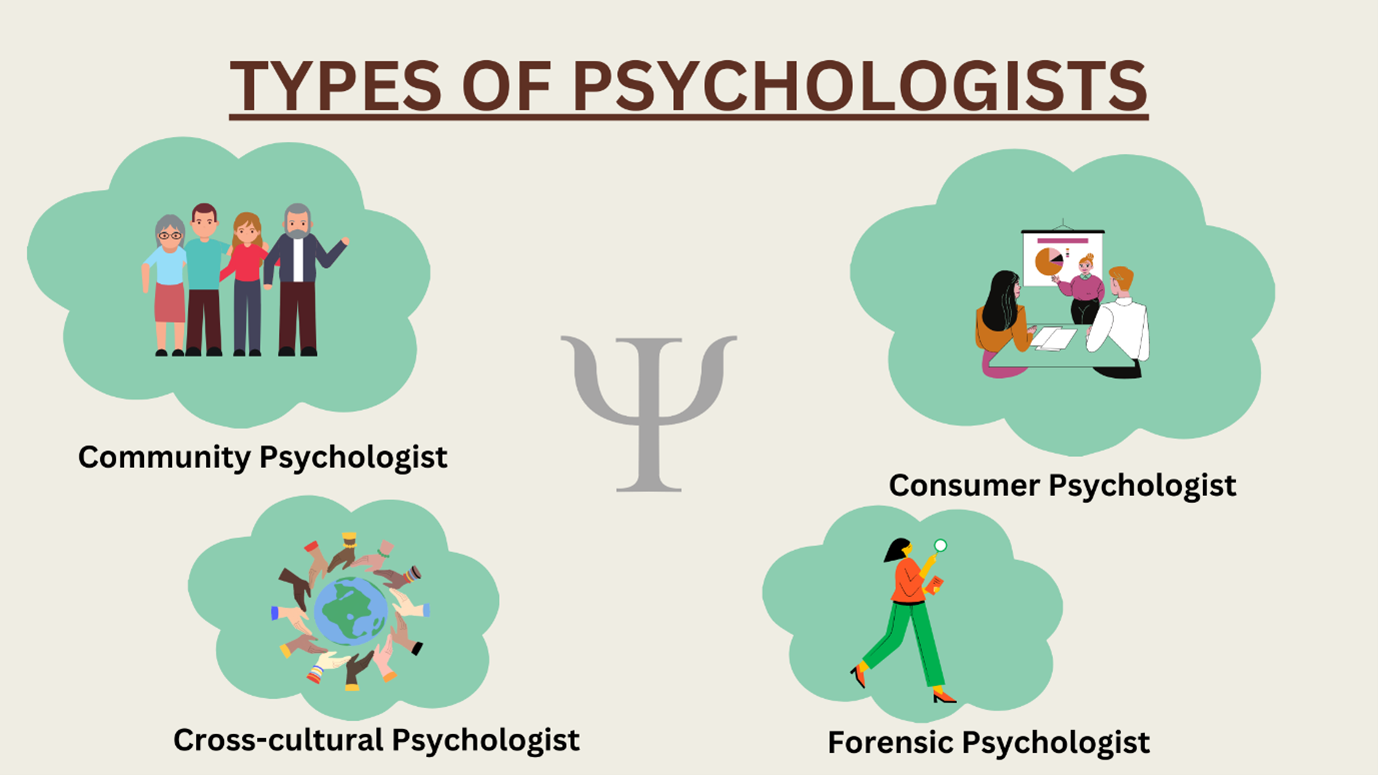Psych Therapy: A Comprehensive Overview to Techniques and Outcomes

Cognitive-Behavioral Treatment
Cognitive-Behavioral Treatment (CBT) is a commonly utilized psychotherapeutic method that focuses on identifying and customizing dysfunctional thinking and actions patterns. Developed in the 1960s by Aaron T. Beck, CBT incorporates behavioral and cognitive concepts to deal with numerous mental wellness issues, consisting of anxiety, anxiety, and stress-related disorders. The premise of CBT is that maladaptive thoughts add to psychological distress and maladaptive behaviors. By reorganizing these ideas, individuals can achieve substantial enhancements in their emotional health and daily performance.
CBT is identified by its structured, goal-oriented nature. Treatment usually involves a joint process in between the therapist and client, where certain problems are determined, and functional techniques are established to address them. Strategies such as cognitive restructuring, exposure therapy, and skill-building exercises are commonly utilized. Cognitive restructuring includes challenging and changing negative idea patterns, while direct exposure treatment intends to minimize concern and stress and anxiety with gradual exposure to been afraid items or circumstances.
Evidence-based research sustains the effectiveness of CBT for a vast array of mental problems - Best Psychologist in Delhi. Its focus on ability purchase and self-help techniques equips clients to continue progress individually after therapy ends. The adaptability and performance of CBT have made it a keystone in contemporary psychotherapeutic technique
Psychodynamic Methods
Rooted in the very early theories of Sigmund Freud, psychodynamic strategies focus on discovering the unconscious mind and its impact on behavior and emotions. These techniques aim to discover surprise ideas and sensations that may be driving maladaptive actions and psychological distress. Central to this technique is the principle of inner dispute, typically stemming from unsettled previous experiences, specifically those from youth.
Therapists making use of psychodynamic techniques utilize numerous key techniques, consisting of complimentary association, where patients are encouraged to talk freely to expose subconscious product, and desire evaluation, which interprets the concealed web content of desires. In addition, the exploration of transference and countertransference dynamics within the restorative connection is critical. These interactions can supply understandings right into the person's internal world and relational patterns.
Psychodynamic therapy is normally longer-term contrasted to various other methods, offering a detailed and deep understanding of the person's subconscious. Study shows that it can be specifically reliable for intricate psychological wellness concerns, such as individuality problems and persistent anxiety. By promoting self-awareness and emotional insight, psychodynamic therapy seeks to bring subconscious product to awareness, making it possible for people to accomplish enduring and significant modification in their lives.
Humanistic Techniques
Building on the structures laid by psychodynamic strategies, humanistic techniques supply a distinct perspective concentrated on individual prospective and self-actualization. Coming from the mid-20th century, these strategies focus on the fundamental goodness and development capacity of people, stressing an alternative view of human experience. Trick figures such as Carl Rogers and Abraham Maslow have actually dramatically influenced this therapeutic strategy, which includes approaches like client-centered treatment and Gestalt treatment.
Client-centered therapy, created by Rogers, plays a crucial function in humanistic techniques. It depends on the therapist giving an atmosphere of unconditional favorable regard, empathy, and harmony. This promotes a safe area for clients to discover their feelings and experiences without judgment, facilitating self-discovery and individual growth. The therapist's duty is more of a facilitator than an authority, urging clients to harness their internal resources for healing.
Gestalt treatment, another vital humanistic technique, highlights existing minute recognition and the combination of mind and body. By concentrating on the "present moment," customers acquire higher understanding into their existing emotions and actions. Strategies such as role-playing and directed visualization are usually utilized to help customers obtain a deeper understanding of themselves, ultimately causing boosted self-awareness and fulfillment.
Integrative Therapies
Integrative therapies stand for a synthesis of numerous therapeutic techniques tailored to satisfy the special demands of each customer. This strategy acknowledges the view complexity of human psychology and the multifaceted nature of mental health and wellness concerns. By incorporating components from different schools of psychotherapy-- such as cognitive-behavioral therapy (CBT), psychodynamic therapy, and humanistic methods-- integrative therapies provide a more versatile and alternative therapy standard.
Practitioners of integrative therapy assess each client's specific needs, symptoms, and personal background to create a personalized treatment plan. This personalized technique boosts the capacity for therapeutic success by attending to the origin triggers of mental distress and promoting overall health. Methods might include mindfulness exercises, cognitive restructuring, and emotional processing, each picked to target various elements of the client's issues.
In addition, integrative treatments highlight the restorative relationship, viewing the client-therapist bond as a crucial component of reliable treatment. This partnership promotes a supportive setting where clients really feel risk-free to discover and address their concerns. The versatility of integrative therapies makes them ideal for a broad series of conditions, consisting of stress and anxiety, clinical depression, trauma, and social problems, therefore enhancing their applicability and performance in diverse professional settings.

Measuring Treatment Results
Evaluating the performance of psychotherapy is crucial for both customers and medical professionals to guarantee that the therapy is yielding the wanted outcomes. To accomplish this, numerous methods and devices are used to determine therapy results systematically. Standardized analysis instruments, such as the Beck Anxiety Supply (BDI) and the Generalized Anxiety Condition 7 (GAD-7), give quantitative data on sign extent and changes gradually.
Along with standardized tools, qualitative approaches like customer self-reports and clinical interviews use beneficial insights into the personal experiences and viewed development of customers. Routinely arranged examinations, typically at the beginning, axis, and end of treatment, help in tracking the trajectory of improvement or determining locations requiring change.
End result dimension is not restricted to symptom reduction; it also includes practical renovations in day-to-day live, such as much better social connections, boosted job performance, and boosted total health. Modern innovations in electronic wellness have actually presented mobile apps and on the internet platforms that help with real-time monitoring and feedback, further refining the analysis procedure.
Ultimately, a comprehensive strategy to gauging treatment results makes sure that restorative interventions work, efficient, and tailored to fulfill the specific requirements of clients, thereby maximizing the total restorative experience.
Conclusion
Psychotherapy supplies a diverse range of techniques intended at resolving certain mental wellness problems and enhancing total wellness. Cognitive-Behavioral Therapy and psychodynamic approaches target useless thoughts and subconscious influences, respectively. Humanistic strategies focus on personal development and self-actualization, while integrative therapies integrate multiple approaches for tailored therapy strategies. Examining treatment results via qualitative techniques and standard evaluations find more info ensures a thorough understanding of effectiveness, inevitably directing customers toward withstanding psychological health improvements.
From the structured method of Cognitive-Behavioral Treatment (CBT) to the deep expedition of the subconscious in psychodynamic therapy, each method brings distinct benefits. Its focus on ability procurement and self-help strategies empowers clients to continue progress independently after therapy wraps up (Best Psychologist in Delhi). Secret figures such as Carl Rogers and Abraham Maslow have actually dramatically affected this therapeutic approach, which site web encompasses methods like client-centered therapy and Gestalt therapy
